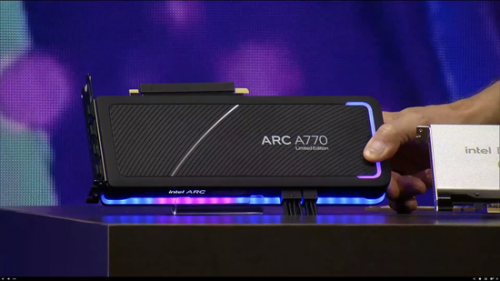your current location is:Home > TechnologyHomeTechnology
NASA's moon landing rocket hydrogen refueling test was leaked again by liquid hydrogen, the launch date is still unknown

NASA (NASA) is preparing to use the "Space Launch System" new large-scale rocket (SLS) to complete the mission to the moon. On Wednesday, NASA conducted an SLS fuel tank filling test with liquid hydrogen, and although it suffered two leaks and some technical glitches, the test was finally complete.
Charlie Blackwell-Thompson, the launch director of NASA's "Artemis 1" mission, told the media that all the goals of the fuel tank liquid hydrogen refueling test that day have finally been completed.
However, Thompson did not confirm to the media the final launch date for NASA's Artemis 1 mission, which marks the first public appearance of SLS. According to estimates, the earliest possible launch date for NASA is September 27.
Thompson said she didn't want to make some comments until accurate data was available, and she wanted the entire team to have the opportunity to review and see if adjustments were needed to the refueling process and the SLS launch schedule.
A NASA spokesman said the first leak during the fuel tank refill test was largely "controllable" after remedial measures were taken. However, the problem this time did make many people in the team scratch their heads. A second leak occurred later in the day of the test, but the full test was completed.
The team first encountered its first leak of liquid hydrogen at 5:00 a.m. ET on Wednesday, when engineers were filling the SLS's fuel tanks with liquid hydrogen propellant, according to reports. Subsequently, the team suspended the liquid hydrogen filling, adjusted the pressure and temperature indicators, and the leakage problem was controlled.
A second leak that day was also gradually brought under control by engineers, and the SLS tank was eventually filled with fuel. NASA then announced the successful completion of the entire testing process.
For NASA engineers, the leak this time around raises some concerns. If the test day is the launch time of the SLS, it means that the rocket will be forced to stop launching. In addition, during the test, the scale of the liquid hydrogen leakage increased and decreased, and engineers still do not know the reason for the fluctuation.
On Wednesday, the SLS's fuel tanks were filled with supercooled propellant, simulating the refueling process on launch day. On September 3, NASA was originally scheduled to launch SLS, but it was delayed because of a leak of liquid hydrogen. It is reported that the first leak on Wednesday was similar to the one on September 3.
After the last delayed launch, NASA replaced some of the components that caused the leak, but the SLS remained on the launch pad and wasn't shipped back to the rocket hangar, which would have resulted in a longer launch delay.
So far, NASA has not investigated the full cause of the September 3 liquid hydrogen leak, but when examining the hardware, engineers found signs that debris from a foreign component may have contributed to the leak.
In Wednesday's test, the space agency took a "more gentle" approach to refueling, slowly increasing the pressure of liquid hydrogen at the beginning of the test.
The Space Launch System rocket will send an Orion spacecraft to lunar orbit after all possible failures are resolved, but this time it will not carry astronauts for the time being. This will be the first major launch for NASA's Artemis program.
Previous:Korean media: The first meeting of the "Chip Quartet Alliance" will be held next week
Next:Strong iPhone 14 Pro sales will give Apple a 60% share of premium smartphones
related articles
Article Comments (0)
- This article has not received comments yet, hurry up and grab the first frame~











